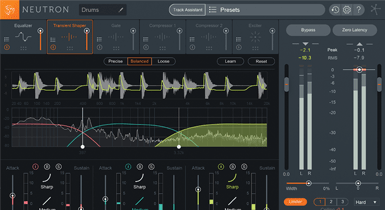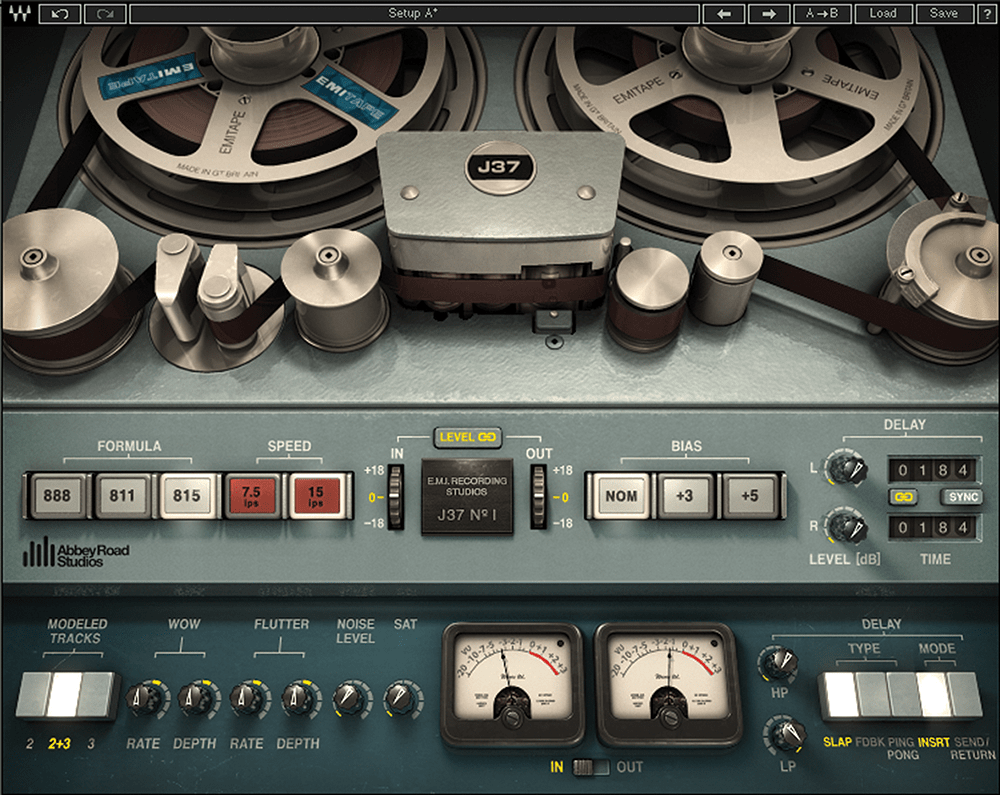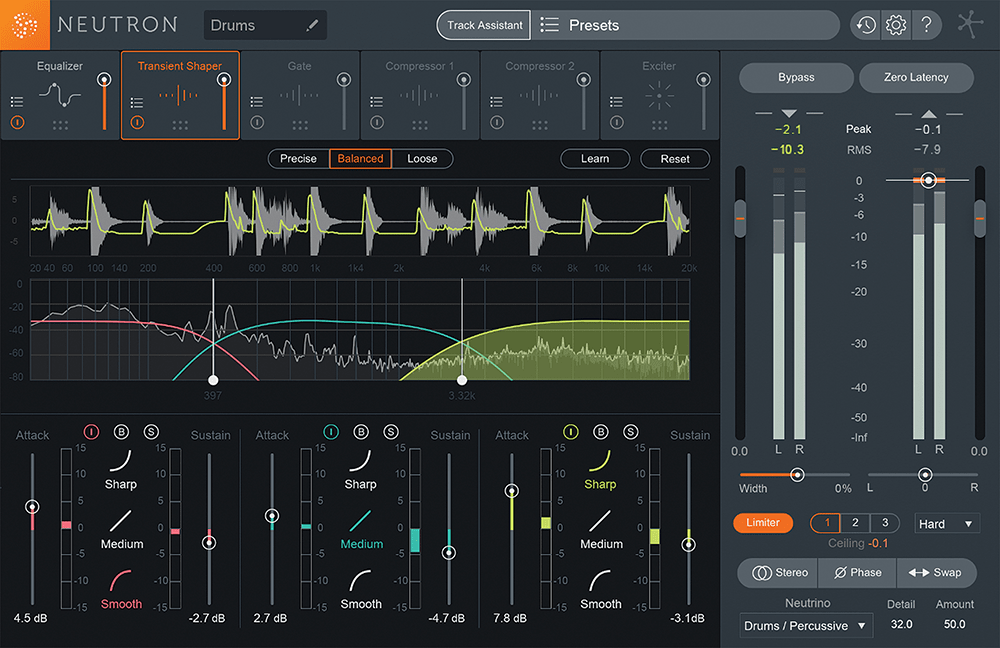The A-Z Of Music-Making: The T’s – From Tape Saturation To Timbre
Knowing the basics of tape saturation and timbre is invaluable, but knowing how to make a perfect cup of Earl Grey is the real essential… (Click the titles for the best of each definition) 1. Tape Saturation When audio is recorded to a tape and played back, subtle distortion happens – creating tape saturation. It’s […]

Knowing the basics of tape saturation and timbre is invaluable, but knowing how to make a perfect cup of Earl Grey is the real essential…

(Click the titles for the best of each definition)
1. Tape Saturation

When audio is recorded to a tape and played back, subtle distortion happens – creating tape saturation. It’s a warm, fuzzy and somewhat retro sound that can add to a mix.
2. Tea

An essential ingredient for a productive studio day. Builder’s tea works for most producers, herbal for most singers (milk can actually clog up their vocal chords).
If you’re in the mood for Earl Grey, place the tea bag in your bone-china mug, add 2cm of boiling water, swirl for 10 seconds, then top up. This results in a strong brew that doesn’t require 10 minutes of bag prodding.
3. Timbre
The character of a sound, independent of pitch and amplitude. The balance of harmonics above the fundamental frequency will determine the timbre.
4. Transient

A sound lasting only for a short time. For example, at first, a hit of a snare is transient; the resulting ‘ringing’ is the sustained element of the sound. Use a transient-focused plug-in like Eventide’s Fission to make your musical elements more punchy and snappy.
